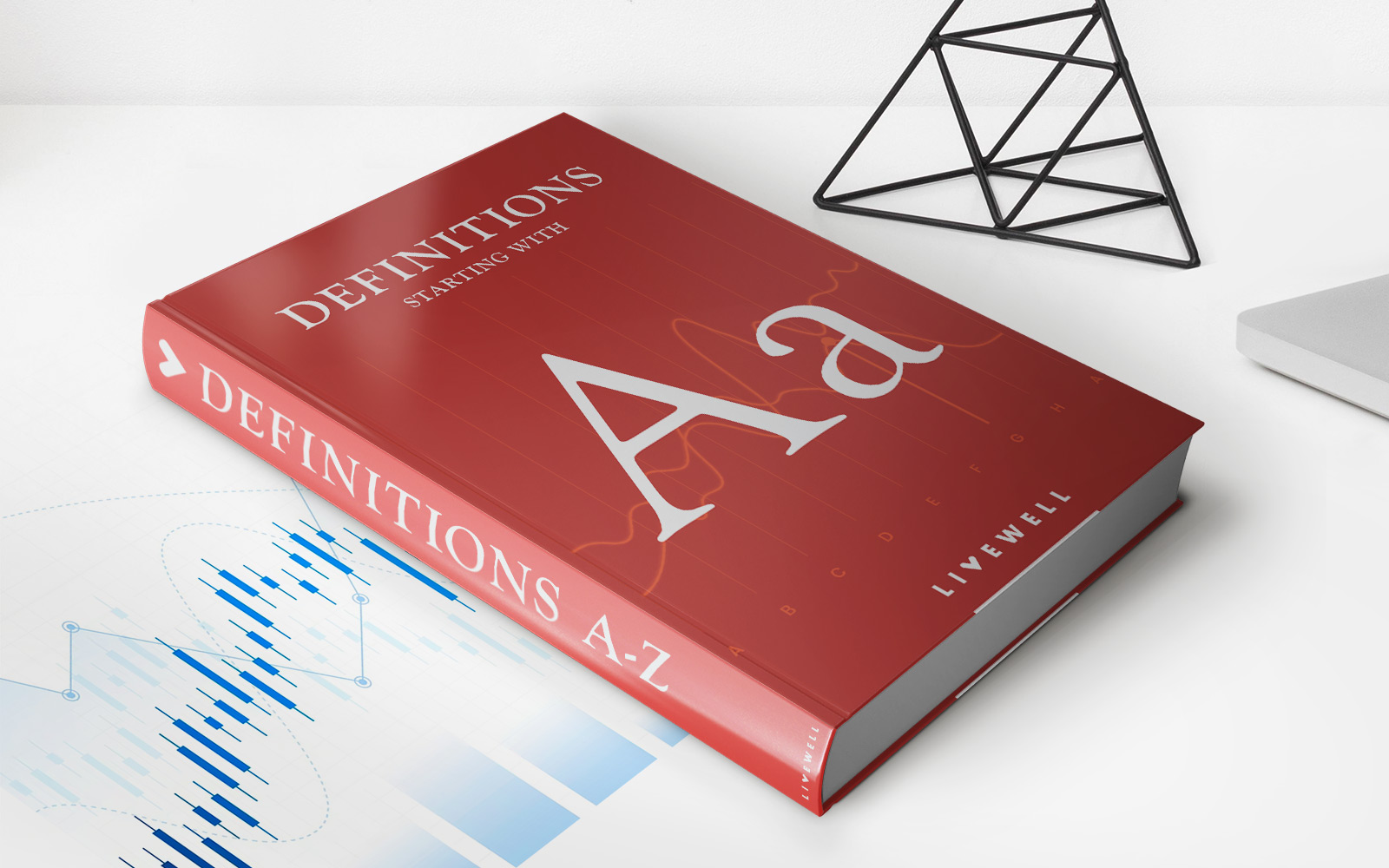

Finance
Key Rate: Definition, Types, And Importance
Published: December 15, 2023
Learn about the definition, types, and importance of key rate in finance. Enhance your financial knowledge with this comprehensive guide.
(Many of the links in this article redirect to a specific reviewed product. Your purchase of these products through affiliate links helps to generate commission for LiveWell, at no extra cost. Learn more)
About: Key Rate
Are you familiar with the term “Key Rate”? If you’re interested in Finance, it’s essential to understand what Key Rate means, what types it includes, and why it holds such importance in the financial world. In this article, we’ll break down the definition, discuss the different types of key rates, and explore their significance in financial systems.
Key Takeaways:
- Key Rate refers to the benchmark interest rate set by central banks.
- There are several types of key rates, including the prime rate, federal funds rate, and discount rate, among others.
Defining Key Rate
Key Rate, also known as the benchmark rate, represents the interest rate that central banks set as a benchmark for the financial system. It serves as a reference point for other interest rates, influencing borrowing costs, investment decisions, and economic stability. Essentially, the key rate is a tool used by central banks to regulate and control the economy.
Types of Key Rates
Key rates can vary depending on the country and its specific financial system. Here are some of the most common types of key rates:
- Prime Rate: This is the interest rate that commercial banks charge their most creditworthy customers. It serves as the foundation for various other interest rates, such as mortgages, personal loans, and business loans.
- Federal Funds Rate: This is the interest rate at which banks lend funds to each other overnight to meet reserve requirements. It is one of the tools used by the Federal Reserve to control the money supply and stabilize the economy.
- Discount Rate: The discount rate is the interest rate that the Federal Reserve charges commercial banks for short-term loans. It is used as a last resort when banks require liquidity.
The Importance of Key Rate
Key rates play a crucial role in the financial system and have a significant impact on the economy. Here’s why they are important:
- Monetary Policy: Central banks adjust key rates to manage inflation, stabilize the currency, and promote economic growth. By increasing or decreasing interest rates, central banks can influence borrowing, spending, and investment patterns.
- Financial Markets: Key rates act as a reference point for other interest rates, affecting the cost of borrowing for individuals and businesses. They influence the profitability of banks, bond prices, and stock market performance.
- Economic Conditions: Changes in key rates can impact consumer spending, employment rates, and overall economic conditions. Higher interest rates may discourage borrowing and lead to decreased consumer spending, while lower rates can stimulate borrowing, investment, and economic growth.
In conclusion, understanding key rates is essential for anyone interested in the world of finance. Whether you’re a business owner, investor, or simply someone managing your personal finances, being aware of key rates and their impact can help you make informed decisions. By keeping an eye on changes in key rates, you can adapt your financial strategies accordingly and stay ahead in an ever-changing economic landscape.
I hope this article has provided you with valuable insights into the concept of key rates. Stay tuned for more informative content on finance and other topics!














